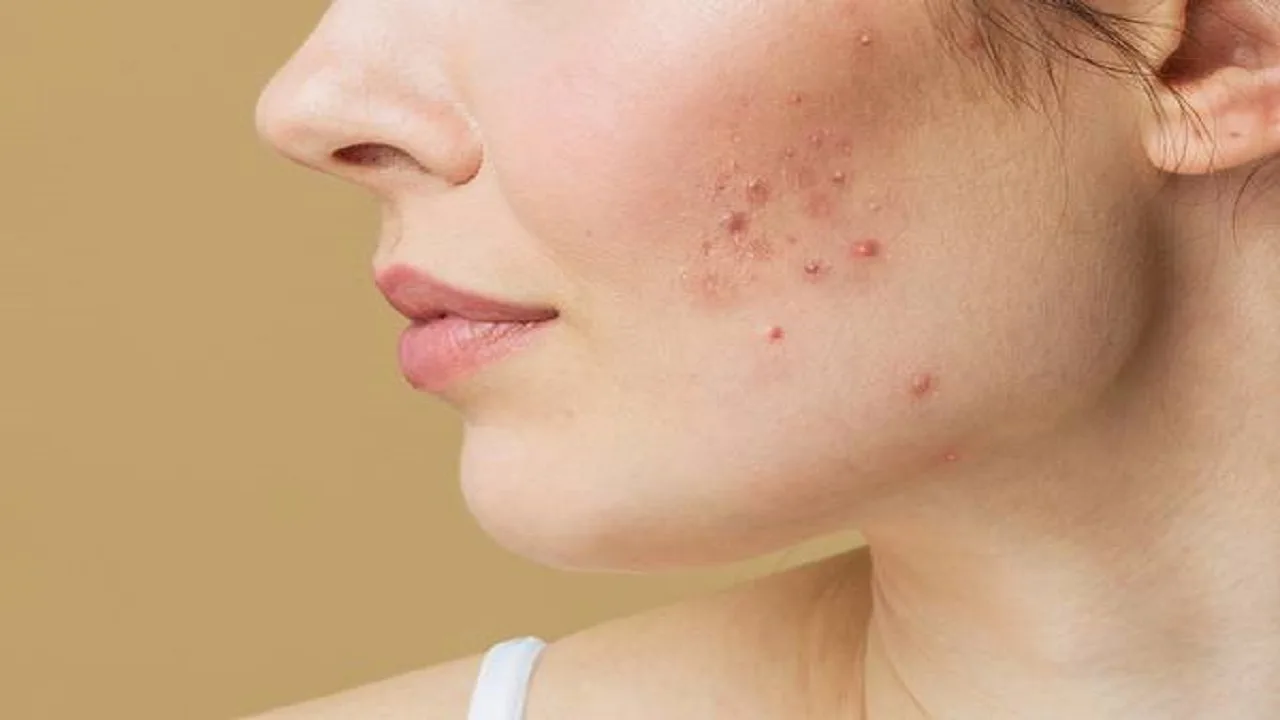There is nothing more annoying than the red spots that remain on the skin after the pimples have gone away. How can you prevent these spots and get rid of them in the shortest possible time? And what can you do about the actual scars?
How to remove red spots left by pimples
These red spots are hyperpigmentation that develops as the skin heals. They are often called scars, but in some cases they fade on their own. You can speed up the healing process by following these tips:
1. Use effective yet gentle skincare products.
Don’t use abrasive scrubs or irritating ingredients. Scrubs can damage your skin, affecting its natural healing process, just like products that contain irritating ingredients.
2. Use a BHA exfoliant every day.
Salicylic acid ( BHA ) exfoliates the outer layer of your skin, but it also penetrates the inside of your pores. This can help dissolve blockages that lead to pimples. BHA has an anti-inflammatory effect and reduces redness. So you can use the same product to prevent pimples from forming and speed up the healing process of your skin. Plus, your skin will look younger and healthier.
3. Apply a broad-spectrum sunscreen with SPF 30 or higher daily.
Protect your skin from UV rays every day. UV rays (which your skin is always exposed to, whether it’s sunny or cloudy) slow down the healing process of your skin and make red spots and blemishes stay visible longer.
4. Use products rich in antioxidants and ingredients that can communicate with cells.
These substances protect the skin from developing further damage while repairing it. This reduces the risk of inflammation and the skin will also need less time to heal. Vitamin C is a godsend for red spots after pimples. Our C25 Super Booster is an innovative spot treatment that contains a high concentration of ascorbic acid (vitamin C) at 25% and visibly improves uneven skin tone, red marks and skin texture.
5. Choose professional treatments.
In addition to following a suitable skincare routine, you can also act quickly on post-inflammatory discolourations with intense pulsed light (IPL) treatments. If your skin tone is darker, consider an alternative laser treatment by consulting your dermatologist. Another option is to have an AHA or BHA peel every month, at the office of a cosmetic dermatologist. You can also ask your GP to prescribe an acne remedy.
